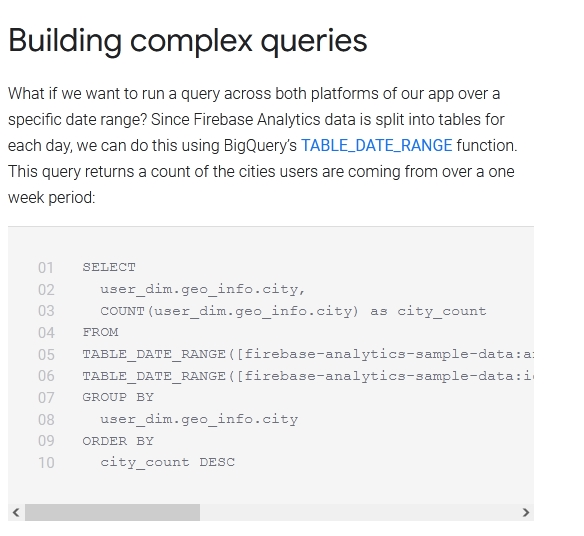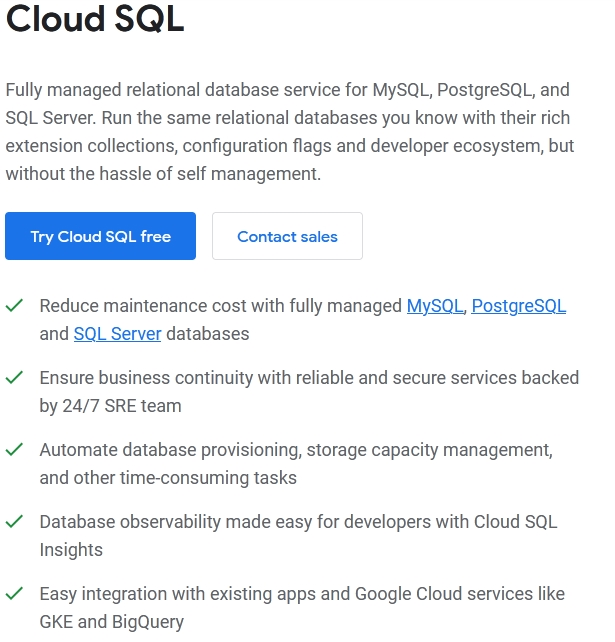You are training a spam classifier. You notice that you are overfitting the training data. Which three actions can you take to resolve this problem? (Choose three.)
ADF
You are implementing security best practices on your data pipeline. Currently, you are manually executing jobs as the Project Owner. You want to automate these jobs by taking nightly batch files containing non-public information from Google Cloud Storage, processing them with a Spark Scala job on a Google Cloud
Dataproc cluster, and depositing the results into Google BigQuery.
How should you securely run this workload?
B
You are using Google BigQuery as your data warehouse. Your users report that the following simple query is running very slowly, no matter when they run the query:
SELECT country, state, city FROM [myproject:mydataset.mytable] GROUP BY country
You check the query plan for the query and see the following output in the Read section of Stage:1:
What is the most likely cause of the delay for this query?
A
Your globally distributed auction application allows users to bid on items. Occasionally, users place identical bids at nearly identical times, and different application servers process those bids. Each bid event contains the item, amount, user, and timestamp. You want to collate those bid events into a single location in real time to determine which user bid first. What should you do?
C
Your organization has been collecting and analyzing data in Google BigQuery for 6 months. The majority of the data analyzed is placed in a time-partitioned table named events_partitioned. To reduce the cost of queries, your organization created a view called events, which queries only the last 14 days of data. The view is described in legacy SQL. Next month, existing applications will be connecting to BigQuery to read the events data via an ODBC connection. You need to ensure the applications can connect. Which two actions should you take? (Choose two.)
AE
You have enabled the free integration between Firebase Analytics and Google BigQuery. Firebase now automatically creates a new table daily in BigQuery in the format app_events_YYYYMMDD. You want to query all of the tables for the past 30 days in legacy SQL. What should you do?
A
Reference:
https://cloud.google.com/blog/products/gcp/using-bigquery-and-firebase-analytics-to-understand-your-mobile-app?hl=am
Your company is currently setting up data pipelines for their campaign. For all the Google Cloud Pub/Sub streaming data, one of the important business requirements is to be able to periodically identify the inputs and their timings during their campaign. Engineers have decided to use windowing and transformation in Google Cloud Dataflow for this purpose. However, when testing this feature, they find that the Cloud Dataflow job fails for the all streaming insert. What is the most likely cause of this problem?
C
You architect a system to analyze seismic data. Your extract, transform, and load (ETL) process runs as a series of MapReduce jobs on an Apache Hadoop cluster. The ETL process takes days to process a data set because some steps are computationally expensive. Then you discover that a sensor calibration step has been omitted. How should you change your ETL process to carry out sensor calibration systematically in the future?
A
An online retailer has built their current application on Google App Engine. A new initiative at the company mandates that they extend their application to allow their customers to transact directly via the application. They need to manage their shopping transactions and analyze combined data from multiple datasets using a business intelligence (BI) tool. They want to use only a single database for this purpose. Which Google Cloud database should they choose?
B
Reference:
https://cloud.google.com/sql/
You launched a new gaming app almost three years ago. You have been uploading log files from the previous day to a separate Google BigQuery table with the table name format LOGS_yyyymmdd. You have been using table wildcard functions to generate daily and monthly reports for all time ranges. Recently, you discovered that some queries that cover long date ranges are exceeding the limit of 1,000 tables and failing. How can you resolve this issue?
A